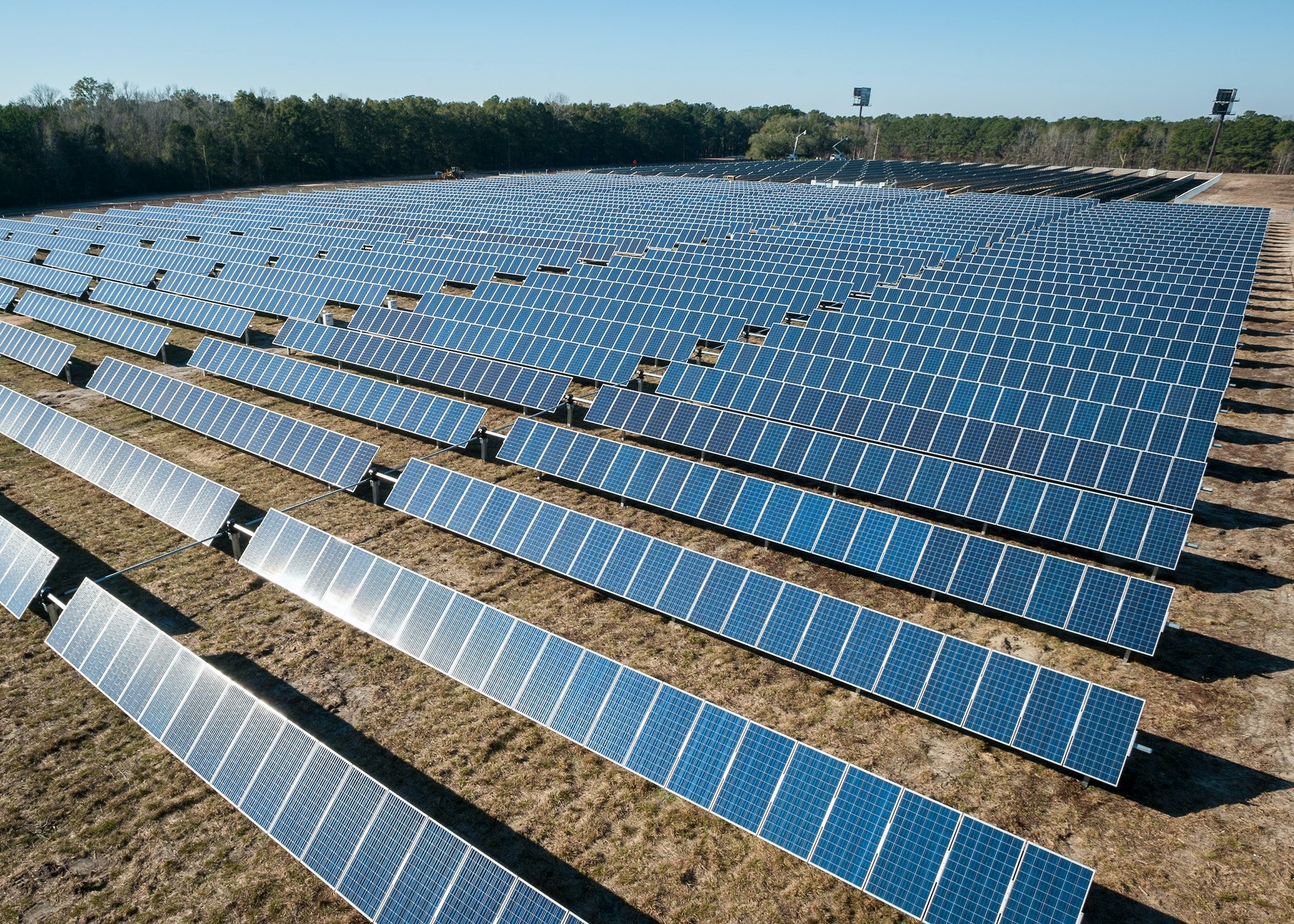Explore the impressive progress of solar energy adoption in the Philippines, as the country embraces clean and sustainable power sources to pave the way towards a greener future.

PHOTO: American Public Power Association on Unsplash
Solar energy PH has emerged as a vital player in the quest for clean and sustainable power sources. Its importance lies in its ability to harness the sun’s abundant and renewable energy to meet our growing electricity demands. It helps reduce greenhouse gas emissions and lessen our dependence on finite fossil fuels.
In the Philippines, using solar PV is gaining popularity as a rapidly growing and promising alternative to traditional power sources. With its abundant sunlight and a growing awareness of the need for sustainable energy solutions, the country has embraced solar power as a key player in its energy landscape. The Philippines is harnessing the power of the sun to pave the way towards a more sustainable future.
Solar Power Projects and Installations in the Philippines
The Philippines is a country with a high potential for solar power generation. In recent years, the Philippine government has been promoting the development of solar power as a way to reduce the country’s reliance on imported fossil fuels and to address climate change.
There are a number of large-scale solar power projects in the Philippines . The largest solar power plant in the country is the Helios Solar Power Plant, which has a capacity of 132.5 MW. The plant, another solar project, is located in Cadiz, Negros Occidental, and it began commercial operations in 2016.
Other large-scale solar power plants in the Philippines include the San Carlos Solar Power Plant (120 MW), the Solenergy Solar Power Plant (100 MW), and the Solar Philippines Tarlac Solar Farm (50 MW).
The local community in Cadiz City benefits from the Helios Power Plant. It provides jobs for local residents, as well as tax revenue for the city. The solar power plant also helps to meet the electricity demand of the Negros Occidental. Likewise, the community is the primary beneficiary of the San Carlos Solar Power Plant.
Similarly, Solenergy Solar Power Plant in Baras, Rizal becomes a viable electricity source for the residents of the province. It makes rural electrification possible. Tarlac has the same case because the Solar Philippines Tarlac Solar Farm helps meet the electricity demand of the province.
In addition to large-scale solar power plants, there are also a growing number of rooftop solar power installations in the Philippines. These installations are typically used by businesses and households to generate electricity for their own use. The government has been offering incentives to encourage the adoption of rooftop solar power, such as the Net Metering Program , which allows homeowners to sell excess electricity back to the grid.
The growth of solar power in the Philippines is expected to continue in the coming years. The government has set a target of generating 35% of the country’s electricity from renewable sources by 2030 , and solar power is expected to play a major role in achieving this target.
The government is optimistic in putting one solar project per community in the foreseeable future.
Technological Innovations in Solar Energy in the Philippines
One of the most promising innovations in renewable energy is the development of thin-film solar panels. Thin-film solar panels are made from materials such as cadmium telluride or copper indium gallium diselenide, which are much thinner and lighter than traditional silicon solar panels. This makes them less expensive to manufacture and easier to install.
Another promising innovation is the development of concentrator photovoltaic (CPV) systems . CPV systems use lenses or mirrors to concentrate sunlight onto small, high-efficiency solar cells. This allows them to generate more electricity from the same amount of sunlight as traditional solar panels.
In addition to these technological innovations, there have also been a number of policy changes that have made solar power more attractive in the Philippines. In 2017, the government launched the Net Metering Program.
The combination of technological innovations and policy changes is making solar PV and solar power a more attractive option for businesses and households in the Philippines. As the cost of solar power continues to decline, it is likely that solar power will play an even greater role in the country’s energy future.
Benefits of Adapting Solar Energy in the Philippines
There are a number of benefits to solar energy adoption in the Philippines. One of these is reduced energy costs. Solar panels can generate electricity for your home or business, which can help you save money on your energy bills. In some cases, you may even be able to generate enough electricity to sell back to the grid.
In addition, solar panels can increase the value of your home. This is because solar panels are seen as a desirable feature by many buyers. Moreover, it is a clean source of energy that does not produce greenhouse gases. This can help you reduce your carbon footprint and contribute to a healthier environment.
Since the solar industry is a growing industry, it is creating jobs across the Philippines. Solar panel installation and maintenance are just two of the many jobs that are available in the solar industry.
Most importantly, solar panels can help you become more energy independent. This means that you will not be as reliant on the grid, which can be a good thing during power outages or other emergencies.
Solar Energy – An Excellent Option
Solar energy stands as an excellent option for our energy needs due to its numerous advantages. It is a clean and renewable source of power, allowing us to reduce our carbon footprint and combat climate change.
Solar energy systems have low maintenance requirements, offering long-term cost savings. Additionally, solar panels can be installed in various locations, making it a flexible solution for both urban and rural areas. With abundant sunlight available, harnessing solar energy empowers us to achieve energy independence, and promote sustainability.
Solar energy is one of the renewable resources that we promote at BillionBricks. Our net zero homes incorporate solar panels in its design to harness the power of the sun.
To know more about our BillionBricks and our net-zero homes and communities, please email us at hello@billionbricks.org
-
Sources
-
Power Technology. (2023). Solar PV capacity in the Philippines and major projects. Retrieved from https://www.power-technology.com/data-insights/solar-pv-in-the-philippines/
-
Department of Energy. (n.d.). Net Metering Home. Retrieved from https://www.doe.gov.ph/net-metering-home?withshield=1
-
Ecowatch. (2023). What Are Thin-Film Solar Panels? Retrieved from https://www.ecowatch.com/solar/thin-film-solar-panels
-
Sumitomo Electric. (n.d.). Concentrator Photovoltaic System. Retrieved from https://sumitomoelectric.com/products/cpv
-
Go Solar Philippines. (2023). The Benefits of Solar Energy for Homeowners in the Philippines. Retrieved from https://gosolarphilippines.com/benefits-solar-energy-of-homeowners-philippines/
-
Philippine News Agency. (2021). New RE plan targets 35% share of power generation by 2030. Retrieved from https://www.pna.gov.ph/articles/1159659


